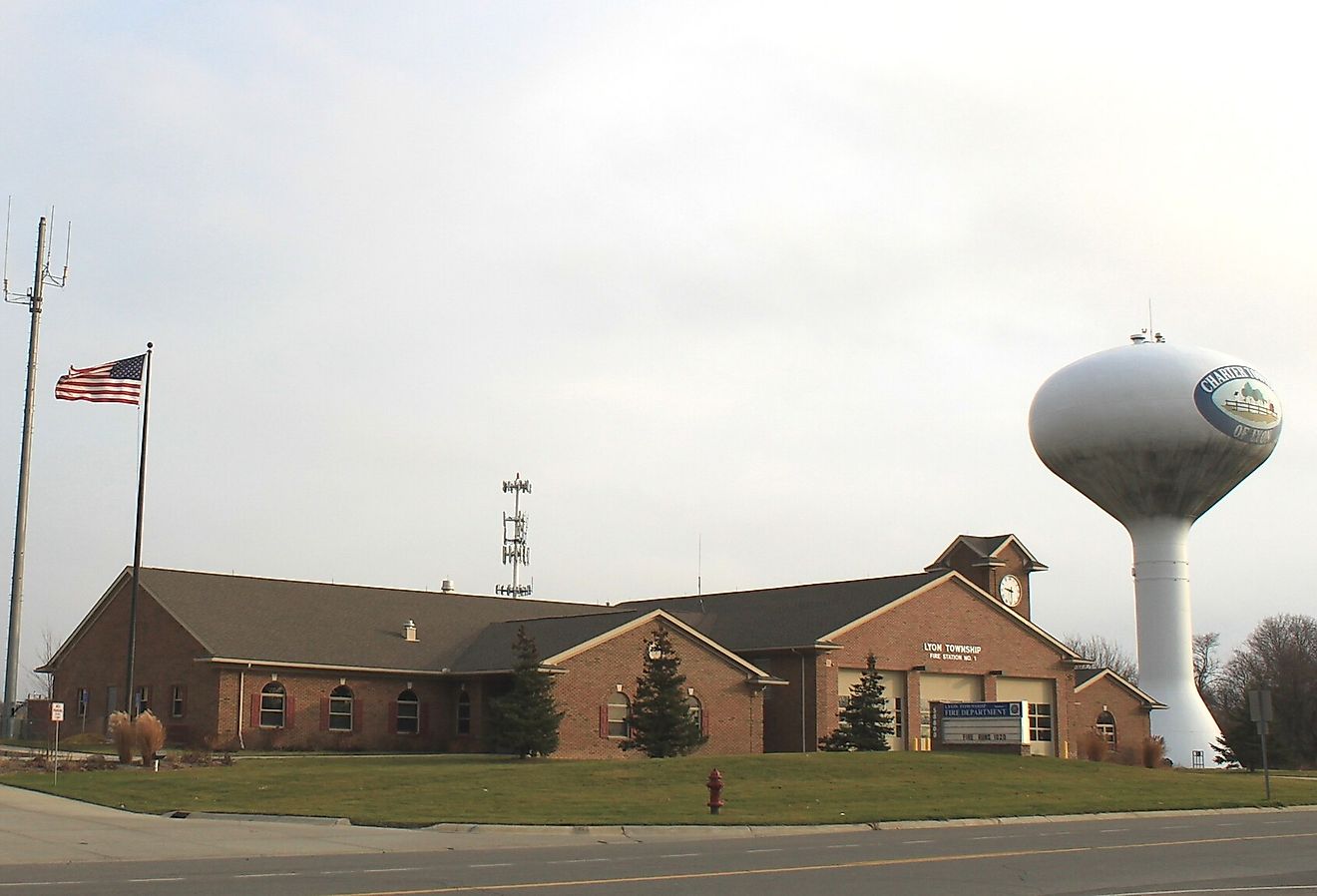Olduvai Gorge - Archaeological Sites Of Tanzania

5. Location of the Site
Olduvai Gorge contains the earliest remains of our human and prehuman ancestors. Paleoanthropologists have uncovered hundreds of fossilized bones and stone tools dating back more than 2 million years. The gorge is in Tanzania, located in the Great Rift Valley, between the Ngorongoro Crater and Serengeti National Park. It is 30 miles away from another fossil-rich site called Laetoli. The ravine is roughly 30 miles, 48.2 kilometers long, and 285 feet deep but not deep enough to be classified as a canyon. On several layers of the Gorge, a river cuts though and forms separate river beds, the oldest estimated to be 2 million years old. Olduvai is a misspelling of Oldupal, a Masai word for a sisal plant that sprouts in the gorge and surrounding areas.
4. Early Human Fossils
Olduvai Gorge has held the interest of scholars since the start of the Twentieth Century. The first hominid remains were discovered by Hans Reck, a German geologist in 1911. But the Gorge was made most famous by the work of the ‘First Family of Paleontology’, Louis and Mary Leaky. It all began in 1959 when Mary discovered parts of a skull and upper jaw of a hominid not identified before. Over several weeks, the Leaky family uncovered around 400 pieces of a nearly complete skull, which was similar to other discoveries made by Raymond Dart and Robert Broom in South Africa. The Leaky family classified their find as a new category of Australopithecus and dubbed it Zinjanthropus Boisei, which experts later renamed as Paranthropus Boisei. At 1.75 million years old, it was the oldest known hominid. The works of the Leaky family, Dart and Broom finally brought Africa under the global limelight as the place where humans originated. In 1960, Mary discovered a fossil foot that had arches and showed that hominids walked upright. After this Mary and her son Jonathan discovered Homo Habilis, or ‘handy human because he seemed to use tools. Another son, Richard discovered another Homo Habilis in 1972, supporting Louis’ original theory that several lines of hominids evolved at the same time and that the Homo genus did not evolve from Australopithecus.
3. Prehistoric Tools
Louis Leaky grew up in Kenya under missionary parents. He would often uncover stone tools while bird watching. When the Leaky family returned to East Africa in the 1930s, they discovered stone tools in copious amounts with shaped edges, sharp points and lithic flakes. The last were hewed from the original stone showing intentional shaping of points and blades. They mapped the locations of these finds and soon determined that some tools had been transported up to nine miles. This indication both intention and cognitive abilities to think and plan. These tools were later termed the Oldowan culture. The Leaky family found more sophisticated tools from a higher stratum than the Oldowan tools. These were the first hand axes and other tools from what are termed the Chellean and Acheulean tool cultures. At still higher levels they located Levallois culture artifacts and the Stillbay implements. Mary classified these tools according to usage and modes of manufacture. Her work remains the basis for recognizing the evolution of tool-making in the early Pleistocene and shows which hominids were responsible for important changes in tool technology. From 1.7 million years ago, early Homo Erectus apparently inherited Oldowan technology and refined it into the Acheulean culture.
2. Hunting and Gathering Activities
Paleoarchaeologists believe that hominids inhabiting the area around Olduvai Gorge between 1.9 and 1.7 million years ago were food gatherers who fed on wild plants and roots. Also, the diets of the last hunter-gatherers are though to not have contained a large proportion of meat. For meat, hominids selected flakes, which could scrape meat from animal carcasses. Cobbles were used to extract bone marrow. Since several bone marks are found on the same fossil made by carnivores as well as tools some experts think that the prey was first killed by a predator and the hominids used their tools to cut open the remains. Others argue an opposite viewpoint: early hominids hunted down and ate the prey and other carnivores scavenged the remains. Even today it is a controversial issue whether early hominids were more of hunters or scavengers.
1. Threats and Conservation
As part of the Ngorongoro Conservation Area, not far from Serengeti National Park near the Kenyan border, the Olduvai Gorge sites are protected by the Tanzania National Parks Authority. The Olduvai Gorge Museum is operated and administered by the Tanzanian Department of Cultural Antiquities. Ngorongoro, including Olduvai, was declared a United Nations Educational, Scientific, and Cultural Organization (UNESCO) World Heritage Site in 1979, and designated as "endangered" between 1984 and 1989.











